The Bay Pipefish
By Jesse W.M Campbell
Common name: Bay Pipefish, North West Pacific Pipefish, Kelp Pipefish
Scientific name: Sygnathus leptorhynchus (Sygnathus griseolineatus)
Size range: Females may grow up to 39cm (15.6 inches).
Identifying Features: A long, slender, tube like body with bony plates giving the animal a slightly hexagonal circumference. The dorsal fin is shallow, rectangular, and mostly translucent giving the Bay Pipefish the appearance of having an undulating flag attached to its vertebrae. The pectoral (side, by gill cover) and tail fins are semi circular and tiny in proportion to its elongated body. Bay Pipefish undulate there dorsal fins and paddle the pectoral fins while the body positions itself. The pipefish steers by moving its head up, down and side to side. Like other members of the Syngnathos (together-jaws) genre the Bay Pipefish has a small terminal (upward directed) mouth with a long, slender, tube like cavity leading to the gill covers. The body plates meet to form a bony ridge along the length of the body which contains the sensory organs which are collectively known as the lateral line. Bay Pipefish are often seen in varying shades of forest and emerald green. Olive and sand colored varieties are also known.
Habitat: The Bay Pipefish is found from Baja California to Sitka Alaska. They are commonly found in Eel Grass beds as well as in or near sloughs and wharves such as Maple bay near the city of Duncan, British Columbia, Canada. They are generally found in shallow areas where light can penetrate to the algae beds where their favorite foods can be found. They camouflage most effectively within Eel Grass beds. Slow currents are required for the Bay Pipefish to remain on course when searching for food, or for mating, because they are not the most efficient swimmers and steer using their heads.
Food: Crustaceans such as Amphipods, Copepods, and crab larvae proliferate in sheltered bays and Eel Grass beds. The Pipefish captures its prey by inflating its ‘cheeks’ and sucking up the morsels through its slender mouth directly to the stomach.
Predators: There is no major commercial or sport fisheries for the Bay Pipefish. Dried pipefish and seahorses, mixed with herbs, are used as a holistic treatment in some cultures. The collection ofSygnathus for this purpose is one of the key factors that places some of their populations at risk, particularly the seahorses. If caught in a sudden low tide on a rocky shore the Bay pipefish may become stranded in a tidal pool and be open to predation form birds and other scavengers. The Bay pipefish’s main defense is to remain inconspicuous and to look like a meager meal.
Life Cycle: As like other members of the Sygnathus genus the male Bay Pipefish raises the eggs. The female Pipefish courts the male, she may deposit up to 225 eggs to the brood pouch on the underside of the male. A protective membrane develops over the pouch sealing the eggs inside for incubation. The male supplies nourishment to the eggs by attachment to the abdominal wall and bloodstream. If food becomes scarce the male may derive nutrients from a few of the eggs to sustain himself for the greater good of the brood. Not all eggs will survive, those who do hatch into miniature bug eyed adults after about 2 weeks depending on water parameters. Male Pipefish have been reported carrying eggs as early as May 26th and as late as August.
References
Hart J.L (1988). Pacific fishes of Canada Fisheries Research Board of Canada.
Bay pipefish: On exhibit: the secret lives of seahorses. Monterey Bay Aquarium. Retrieved Jan 10th 2010 from http://www.montereybayaquarium.org/animals/AnimalDetails.aspx?enc=Z5SIVkZ+n+WpUTKS8D+/YQ==
Kaplan, Matt (Dec 21st 2009). Pregnant fish fathers suck the life from their young. Retrieved Jan 12th 2010 from http://news.nationalgeographic.com/news/2009/12/091221-pipefish-fathers-suck-life-cannibalize-vampirism-young/
Illustration by Jesse W.M Campbell
Photographs by David Young


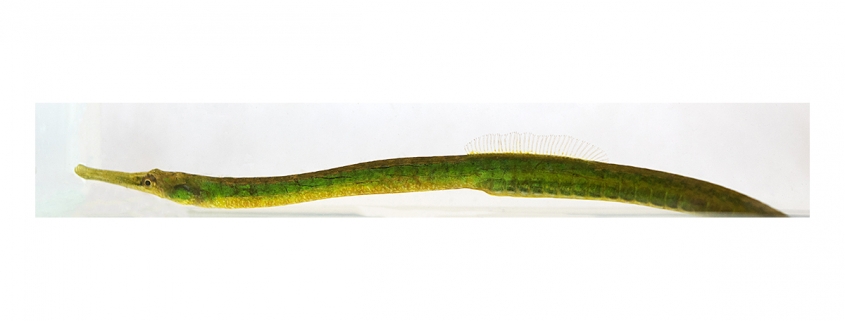
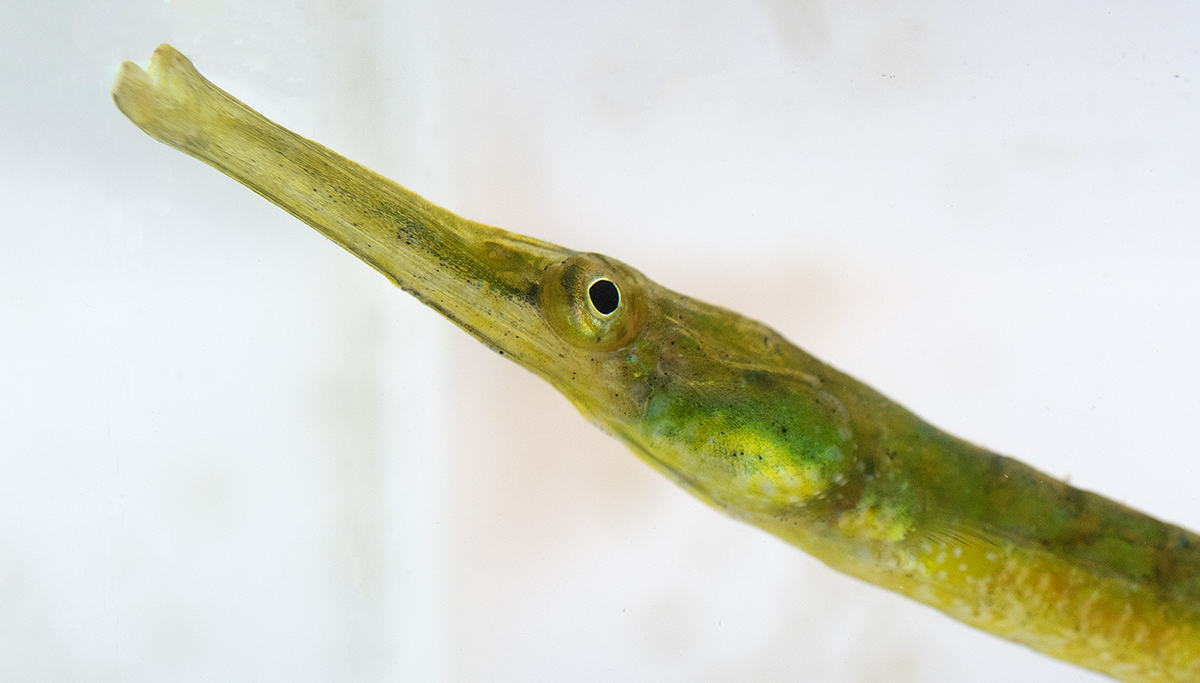

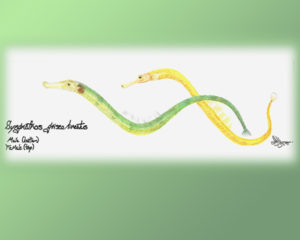
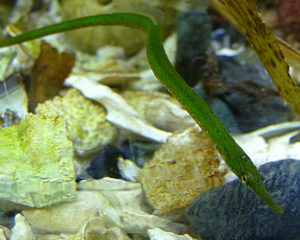
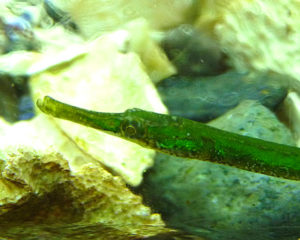
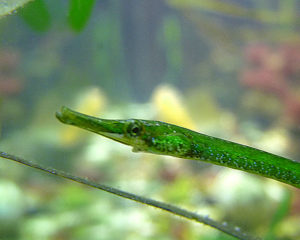


Leave a Reply
Want to join the discussion?Feel free to contribute!